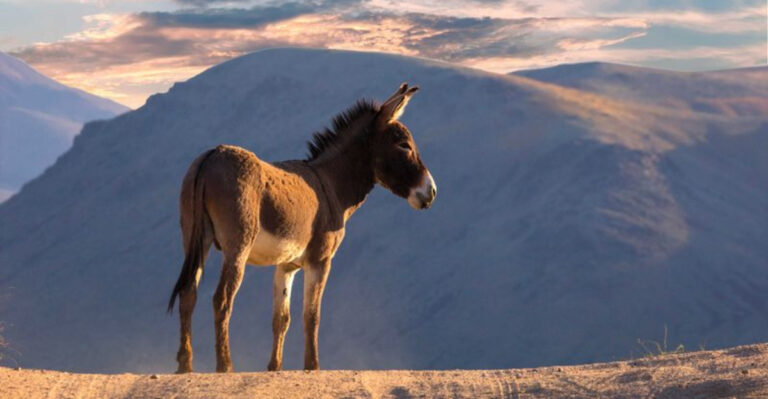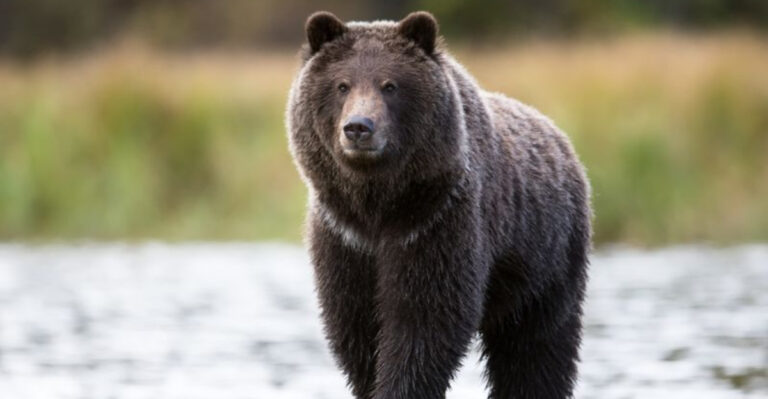How ‘Jaws’ Impacted The Public Perception Of Sharks
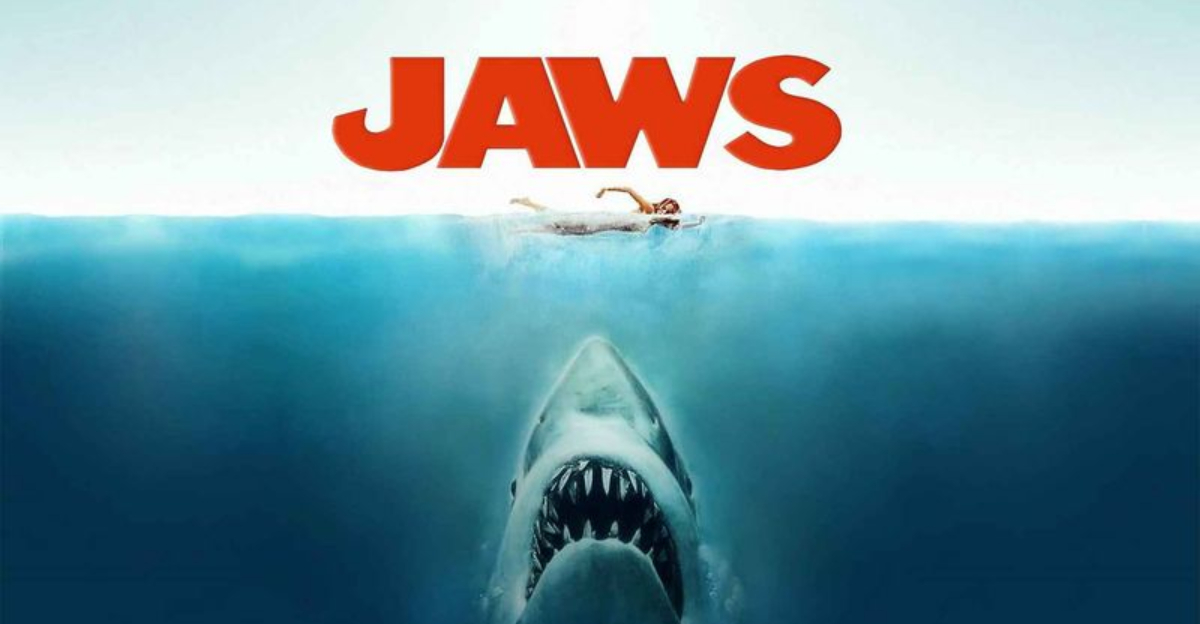
When ‘Jaws’ hit theaters in 1975, it forever changed how people viewed sharks. The terrifying portrayal of a great white shark hunting beachgoers transformed these ancient ocean predators into monsters in the public imagination.
Before Steven Spielberg’s blockbuster, most people rarely thought about sharks at all. Afterward, just the iconic two-note theme music was enough to make swimmers scramble for shore.
1. Scientific Facts Were Overshadowed
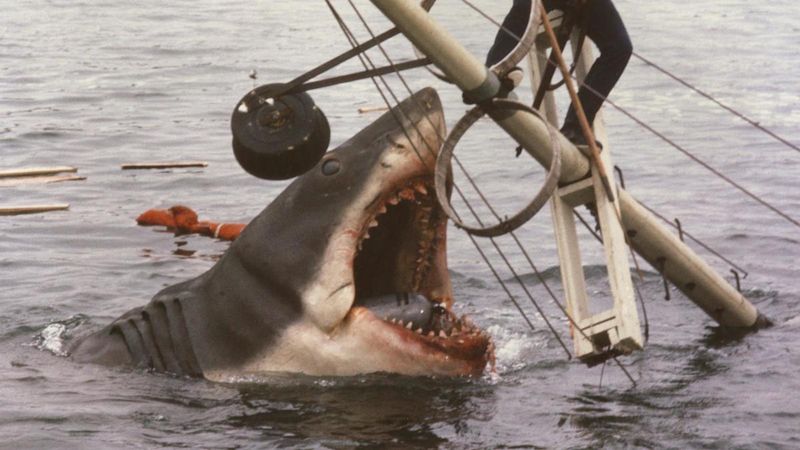
Marine biologists faced an uphill battle after ‘Jaws’ premiered. The film’s depiction of a shark deliberately targeting humans contradicted everything scientists knew about shark behavior.
Actual statistics paint a different picture. You’re more likely to be killed by a vending machine than a shark, yet this perspective was lost amid the movie-fueled hysteria.
Researchers struggled to communicate that sharks rarely mistake humans for prey.
2. Shark Hunting Became Heroic

Following the film’s release, shark fishing tournaments exploded in popularity. Participants channeled their inner Quint, competing to catch the biggest predators.
Photos of dead sharks hanging from marina scales became common sights in coastal newspapers. Trophy hunting was celebrated rather than questioned, with fishermen posing proudly beside their catches.
Some competitions even named themselves after the movie, further cementing the connection between shark killing and heroism.
3. Conservation Efforts Were Hampered
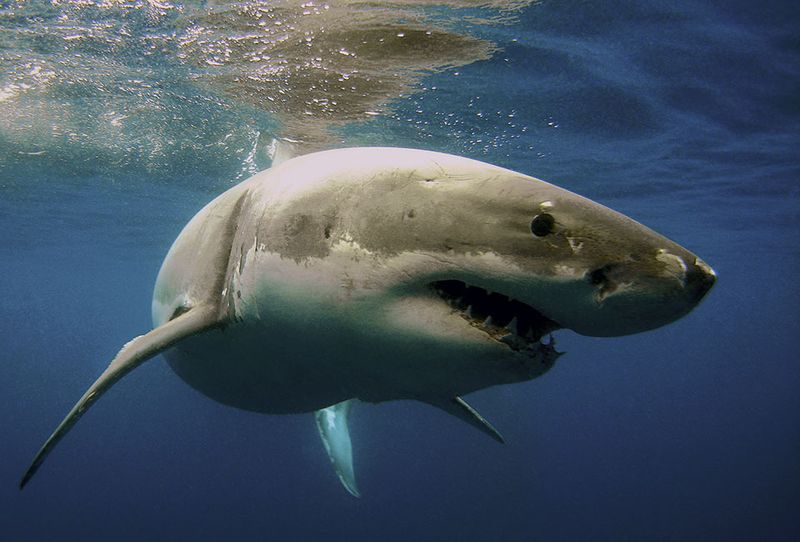
The timing couldn’t have been worse for shark conservation. Just as scientists were beginning to understand sharks’ ecological importance, ‘Jaws’ turned public opinion sharply against them.
Fundraising for shark research and protection became nearly impossible. “Save the sharks” campaigns were met with ridicule rather than support.
Many shark species saw population declines in the years following the film, with minimal public concern about their disappearance.
4. Beaches Implemented Shark Measures
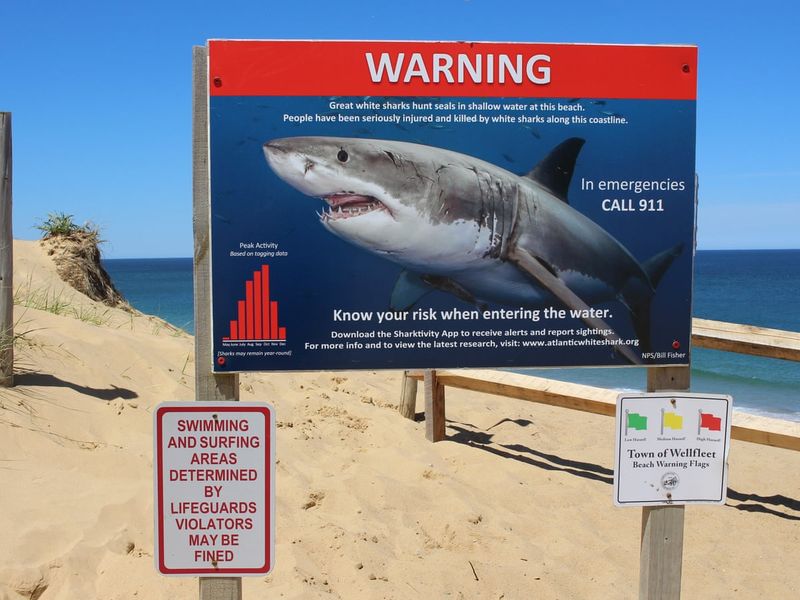
Coastal towns scrambled to reassure tourists that their waters were safe. New warning systems, spotting towers, and patrol boats appeared along shorelines nationwide.
Some communities went further by installing underwater nets, despite their environmental impact. Australia and South Africa expanded their shark culling programs, killing thousands of sharks regardless of species.
Beach economies depended on proving they were taking the “shark threat” seriously.
5. Widespread Fear Took Hold
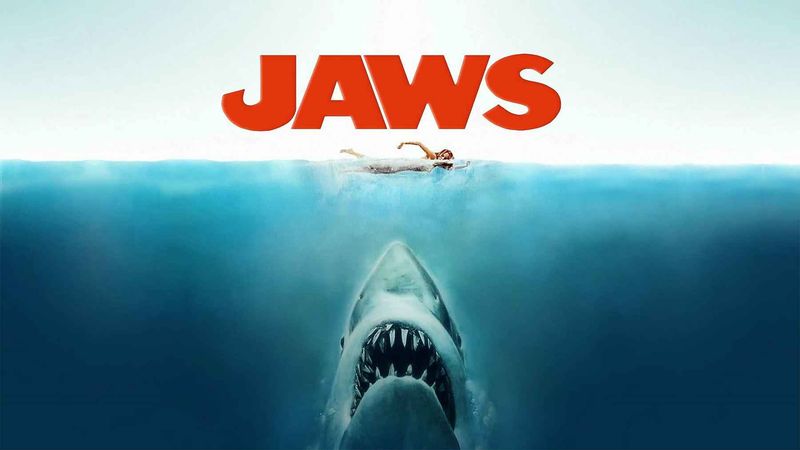
Summer 1975 marked a turning point for beaches across America. Almost overnight, ocean swimming became an act of courage rather than recreation.
Beach attendance dropped dramatically in coastal communities. Parents kept watchful eyes on children playing in shallow water, and late-night swims virtually disappeared from vacation itineraries.
The film created what scientists later termed “The Jaws Effect” – an exaggerated perception of shark attack risk that persists decades later.
6. Media Coverage Became Sensationalized

Shark attacks received unprecedented media attention post-‘Jaws.’ Minor incidents that would have barely made local news suddenly became national headlines.
News outlets adopted dramatic language and ominous background music when reporting shark stories. The phrase “shark-infested waters” became commonplace, even when describing normal ocean habitats where sharks naturally lived.
Every summer brought a fresh wave of shark panic journalism.
7. Author Peter Benchley Expressed Regret

Few people know that ‘Jaws’ author Peter Benchley became one of sharks’ greatest advocates. Haunted by his creation’s impact, he spent the latter part of his life campaigning for shark conservation.
“I could never write that book today,” Benchley admitted in interviews. He frequently spoke about the scientific inaccuracies in his novel and the film adaptation.
His conservation work included founding the Benchley Ocean Awards to recognize marine protection efforts.
8. Shark Week Changed The Narrative
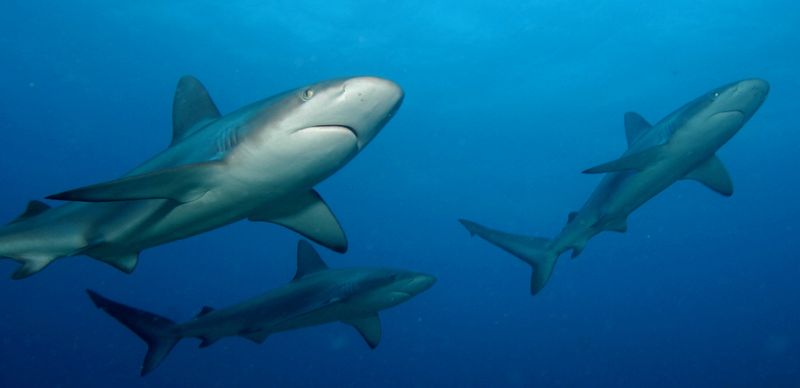
When Discovery Channel launched Shark Week in 1988, it initially capitalized on ‘Jaws’-inspired fear. Early programming featured titles like “Sharks of Death” and “Killer Sharks.”
Gradually, the annual event evolved to include more educational content. Marine biologists gained airtime to share accurate information about shark behavior and ecology.
Today’s Shark Week balances entertainment with conservation messages, helping reshape public perception one viewer at a time.
9. Shark Tourism Emerged Unexpectedly
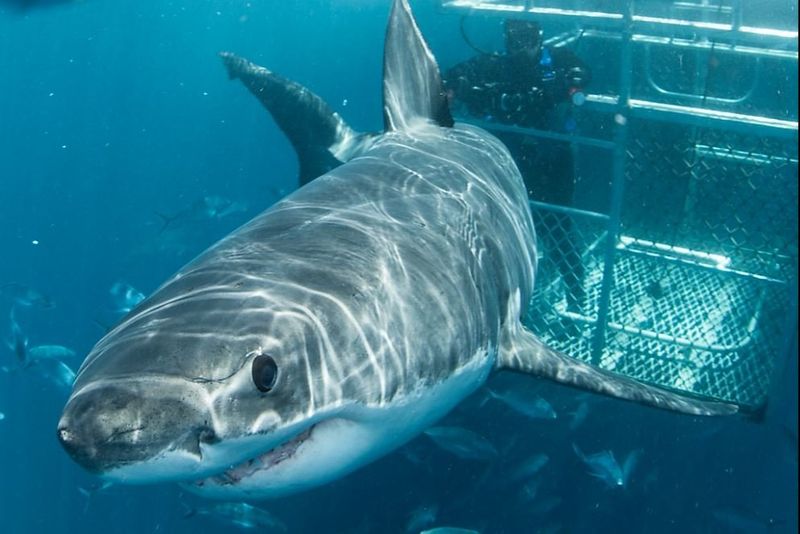
Surprisingly, ‘Jaws’ eventually spawned a positive industry: shark tourism. The fascination with these predators, even if initially fear-based, created demand for close encounters.
Cage diving operations appeared in South Africa, Australia, and Mexico. Visitors paid premium prices to safely observe the very creatures they’d been conditioned to fear.
This industry now generates over $300 million annually worldwide, giving sharks economic value alive rather than as fishing trophies.
10. Pop Culture Perpetuated The Stereotype

Hollywood couldn’t resist capitalizing on shark fear. ‘Jaws’ spawned numerous imitators and eventually its own sequels, each reinforcing the killer shark narrative.
Movies like ‘Deep Blue Sea,’ ‘The Shallows,’ and the intentionally ridiculous ‘Sharknado’ series kept shark terror firmly in the public consciousness. Video games, toys, and Halloween costumes further monetized shark fear.
Even non-shark entertainment referenced ‘Jaws’ with the iconic music signaling imminent danger.
11. Scientific Research Gained Unexpected Funding

One silver lining emerged from the ‘Jaws’ phenomenon: increased funding for shark research. The public’s newfound fascination with sharks, albeit fear-based, created unprecedented interest in understanding these creatures.
Universities established dedicated shark research programs. Technologies for tracking and studying sharks advanced rapidly as scientists sought to separate fact from fiction.
This research eventually helped build the case for shark protection once the public was ready to listen.
12. Modern Attitudes Show Gradual Improvement

Nearly fifty years after ‘Jaws,’ public perception has slowly evolved. Children today learn about shark conservation in school, a concept unimaginable in the 1970s.
Social media campaigns highlighting shark finning and bycatch issues gain traction worldwide. Celebrity advocates like Leonardo DiCaprio and initiatives like Shark Week’s conservation segments help rehabilitate the shark’s image.
Yet beach closures due to shark sightings still make headlines, showing the lingering power of Spielberg’s creation.



